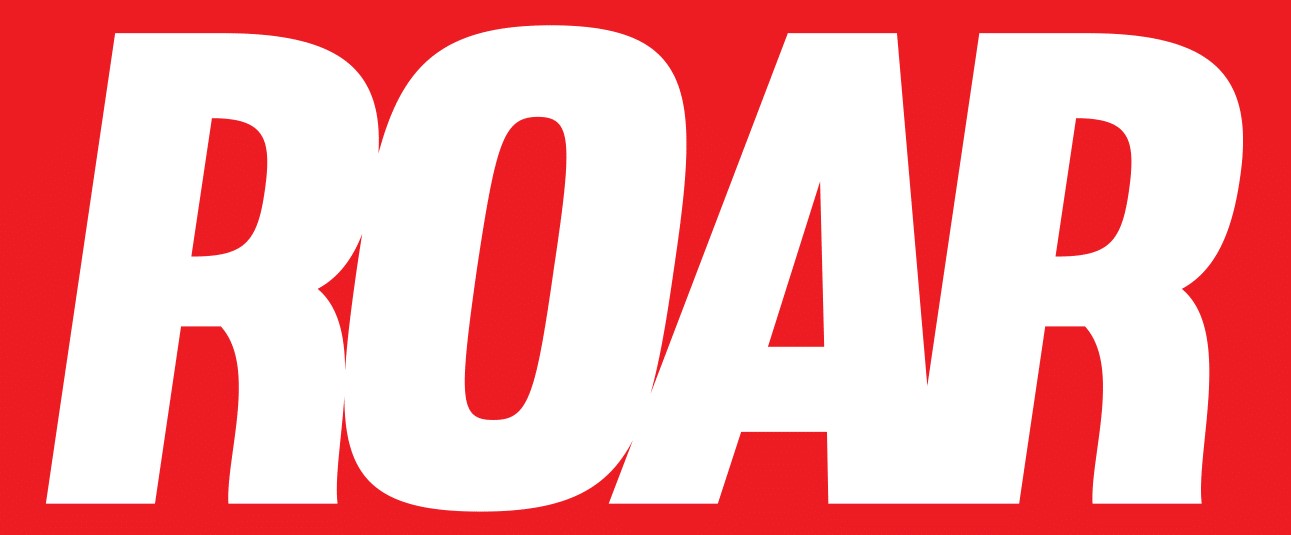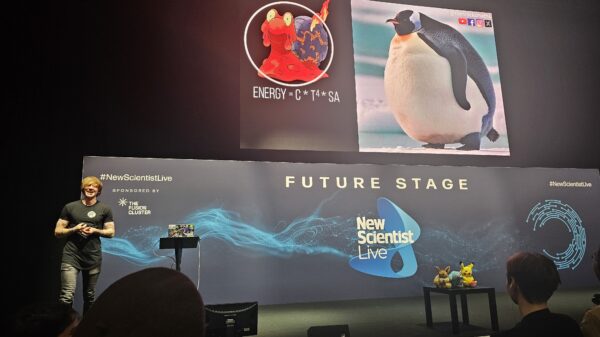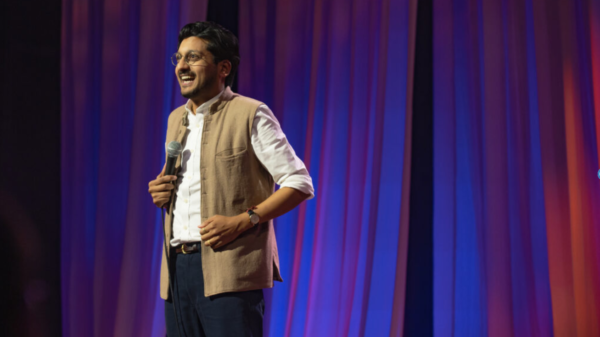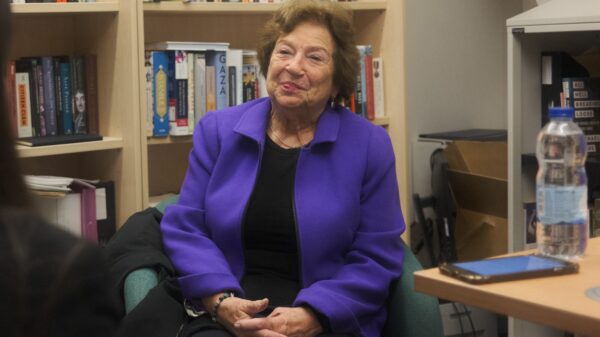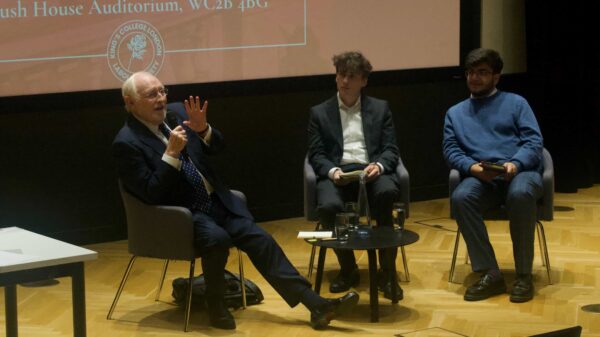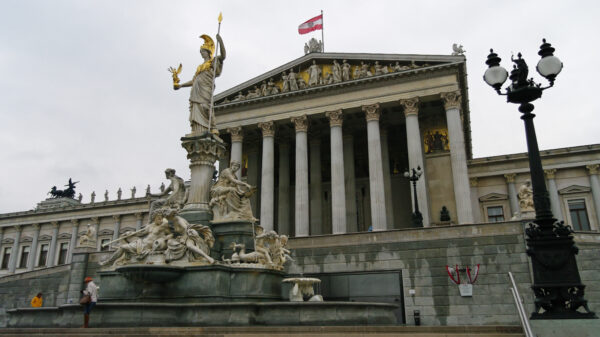Staff writer Joel Nugent provides his predictions on the next Taoiseach through his analysis of Irish party dynamics and key political issues.
Most observers speculated that 2024 would see general elections in the Republic of Ireland, despite the fact that the government can continue until March 2025. Fine Gael’s (pronounced Fin-uh, gayul) recent defeats in referendums and potential losses in European elections means they may want to renew their mandate sooner than expected. A 2024 election was made all the more likely by former Taoiseach (Irish prime minister, pronounced tea-shook) Leo Varadkar’s sudden resignation, and his replacement, Simon Harris ascending to the leadership of Fine Gael unopposed. This prompted calls for a general election by most opposition parties.
So who would win an Irish election and what would that mean? In this article we’ll go over the three main parties, the likely coalitions, and the issues facing the Irish electorate.
The main three parties: Who will win?
For all of the history of the Republic of Ireland, politics was dominated by two parties: Fine Gael and Fianna Fáil (pronounced Fi-nuh Fall) with the latter winning the popular vote in every election until 2011. This two-party dominance changed in 2020 with the unexpected surge of support for the left-wing party Sinn Féin (pronounced shin fane), which clearly came as a surprise since the party hadn’t run enough candidates to properly capitalise on the support. Sinn Fein itself played a large role in the foundation of the country as it was the major party of Irish independence before the Irish Civil War. This means that the election is now a three-horse race, and any one of the three party leaders: Mary Lou McDonald of Sinn Féin, Micheál Martin (pronounced me-hall) of Fianna Fáil, and Simon Harris of Fine Gael could end up as the next Taoiseach.
Two of the above will have already served in the position before the next election. Micheál Martin served as Taoiseach from June 2020-December 2022, as a part of a coalition agreement his party Fianna Fáil made with Fine Gael and the Green party. The two larger parties swapped the Taoiseach midway through the government’s duration: Leo Varadkar from December 2022- April 2024 and Simon Harris from April 2024- now.
The thought of a Fine Gael-Fianna Fáil coalition before 2020 was inconceivable to most voters as the rivalry between the two parties goes back to the party’s origins during the Irish Civil War of 1922-23, despite the fact that ideologically there is not much separating the two. Perhaps the best way to distinguish them is that Fine Gael is centre-right in that they appeal to the upper classes, higher earners, and business owners. Fianna Fáil is centre-right in that they appeal to rural voters and farmers. Though even this is not a hard and fast rule, before 2020, voting for Fine Gael or Fianna Fáil could likely be determined by which side of the civil war your family fought on or supported.
However, after Sinn Féins victory in 2020, the two parties entered into a coalition with each other and the Green Party, as they perceived Sinn Féin as being “populist”. However, the grand coalition failed to halt Sinn Féin’s momentum, with the unpopularity of the government all but wiping out the Green party in opinion polls and projected major losses for the government. So why is this and who will win?
Possible governments
Sinn Féin has partly been this successful because of its dogmatic focus on the issue of housing, suggesting that successive Fine Gael and Fianna Fáil governments have failed to deliver affordable housing for Irish people, causing a mass increase in homelessness and a giant uptick of young Irish people emigrating to countries like Australia, Canada, and New Zealand. Their focus on this issue, as well as building grassroots networks in working-class areas, led to their success in 2020. Although they’re expected to improve on their previous result in the next election, they’ve recently been wavering in opinion polls as immigration has become a big issue.
As a left-wing party, Sinn Féin’s policies had not been in line with some anti-immigration voters, and so they underwent a re-evaluation of policy and capitulated to anti-immigration sentiments causing them to bleed left-wing voters as well. That being said, they are still the firm favourites to win in terms of votes and seats, but will likely be unable to form government by themselves. They could try to put together a left-wing coalition with the centre-left Social Democrats, the far-left People Before Profit, and the centre-left Labour Party.
The other option is a coalition with Fianna Fáil, which might be the most viable option, with both parties sharing a more Irish republican history and both favouring welfare spending. An SF-FF government might not result in the government of change that the Irish people would have voted for as the status quo might be preserved on important issues like housing since Fianna Fail will likely maintain important ministries.
The embattled Fine Gael, Fianna Fáil, and Green coalition will be unlikely to survive, with voters feeling as if no progress has been made on the housing crisis. As well as this, the cost of living crisis has made life difficult for everyday Irish people, and change is wanted. However, if combined the coalition might be able to form a government again if they are able to find the support of a new party to replace the most likely defeated greens after the next election. This government is likely to be even less effective than the current one, as the seat share of both parties will likely decline and so smaller parties will have a larger role than the Green Party has in the current government.
The most probable option for new coalition partners is the Labour Party or the Social Democrats. The latter, although increasingly left-wing under the leadership of Holly Cairns, may join a government in exchange for the establishment of universal healthcare in Ireland, an issue the party is very passionate about. One red line for the Social Democrats however will be Palestine, as the party has become the most outspoken on the issue, and should a vote on expelling the Israeli ambassador come to the Dáil (Parliament, pronounced Dhal) they likely would break with the government over this. Fine Gael is polling way above Fianna Fáil, at about 20% to Fianna Fáil’s 15%, combined this is down 8% from their 2020 results, so forming a new coalition seems unlikely.
Therefore, as alluded to, the kingmaker will be the smaller parties. In Ireland, coalitions are not often formed on ideological lines, Fine Gael, known for its more economically liberal policies, has often entered coalitions with left-wing parties (such as the rainbow coalition of 1994-97). Fianna Fáil is more in favour of government intervention in the economy and has often gone into government with economically right-wing parties (such as the government from 1997-2009). This means that it is hard to predict who will go into government with whom.
Due to how high they are polling relative to the other parties, it is hard to see how Sinn Féin will not lead the next government unless a reversal in the fortunes of the current government occurs. Depending on how well the smaller parties do, Ireland can probably expect their next government to either be a left-wing government, or a coalition between Sinn Féin, Fianna Fáil, and perhaps a smaller party, most likely the Social Democrats.
However as mentioned before, immigration will be a big issue in this election, and this has been reflected in a surge in the polling of independent candidates who are more often than not anti-immigration. Aontú (pronounced Ain-thu), a small, socially conservative splinter party from Sinn Féin whose sole TD (member of parliament), Peadar Tóibín, has been making a lot of noise on the immigration issue. It is highly possible the next government will have to contend with an increasingly right-wing Dáil, and any progressive change the government wants to make could be in trouble without a solid majority.
This means that smaller parties will likely hold the biggest sway over Irish politics after the next election. This could be beneficial for some much-needed reform of Irish politics, for example, finally introducing single-tier healthcare would go a long way in reducing the complexity and bureaucracy of the Irish healthcare system, as well as removing a barrier to a united Ireland, as the UK has single-tier healthcare but Ireland does not. Additionally, a change of government could finally result in much-needed change to the housing system, which has dominated Irish politics for many years, progress on this will be extremely welcome, and a left government will have to focus on this issue above all else.
Therefore, it is likely that we expect to see Mary Lou in the office of Taoiseach, and Simon Harris as the leader of the opposition. The next government will have massive hurdles ahead of them, from solving the housing crisis and establishing the universal healthcare parties that have been promising for decades, to reducing the influence of the far-right in public debates.
